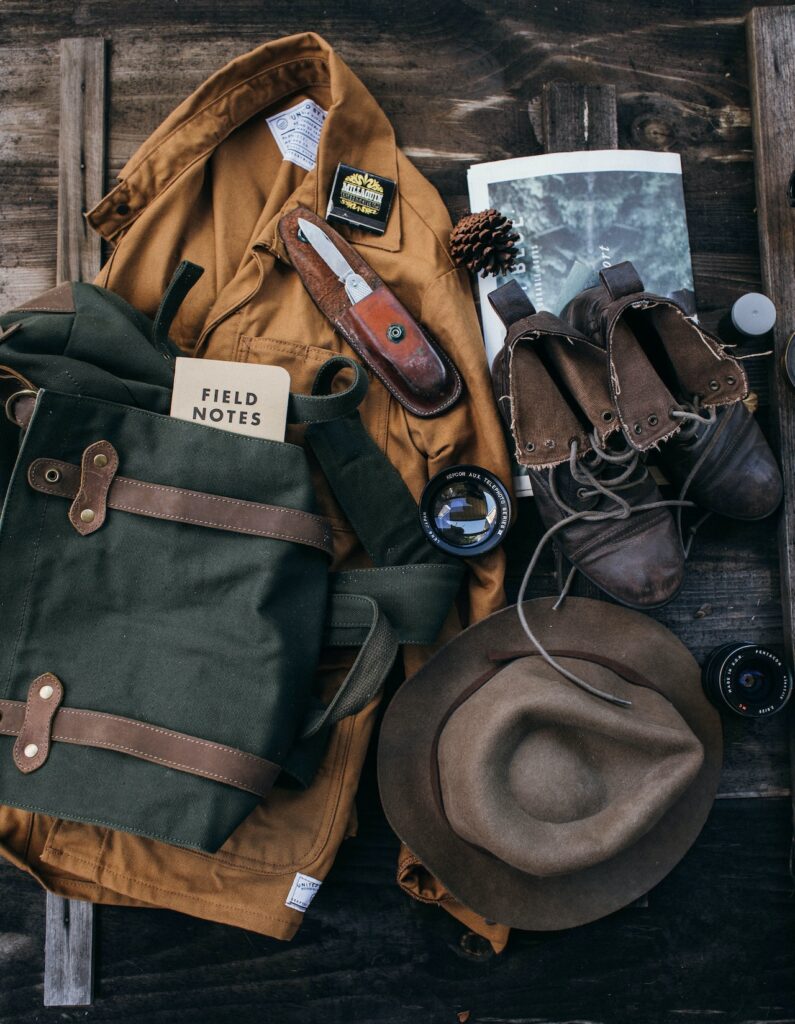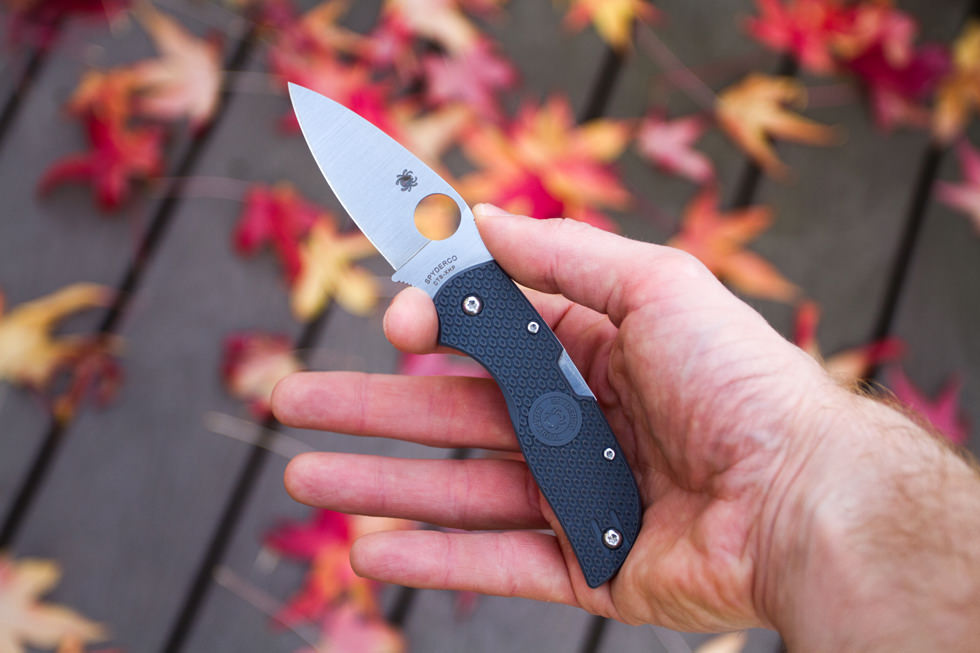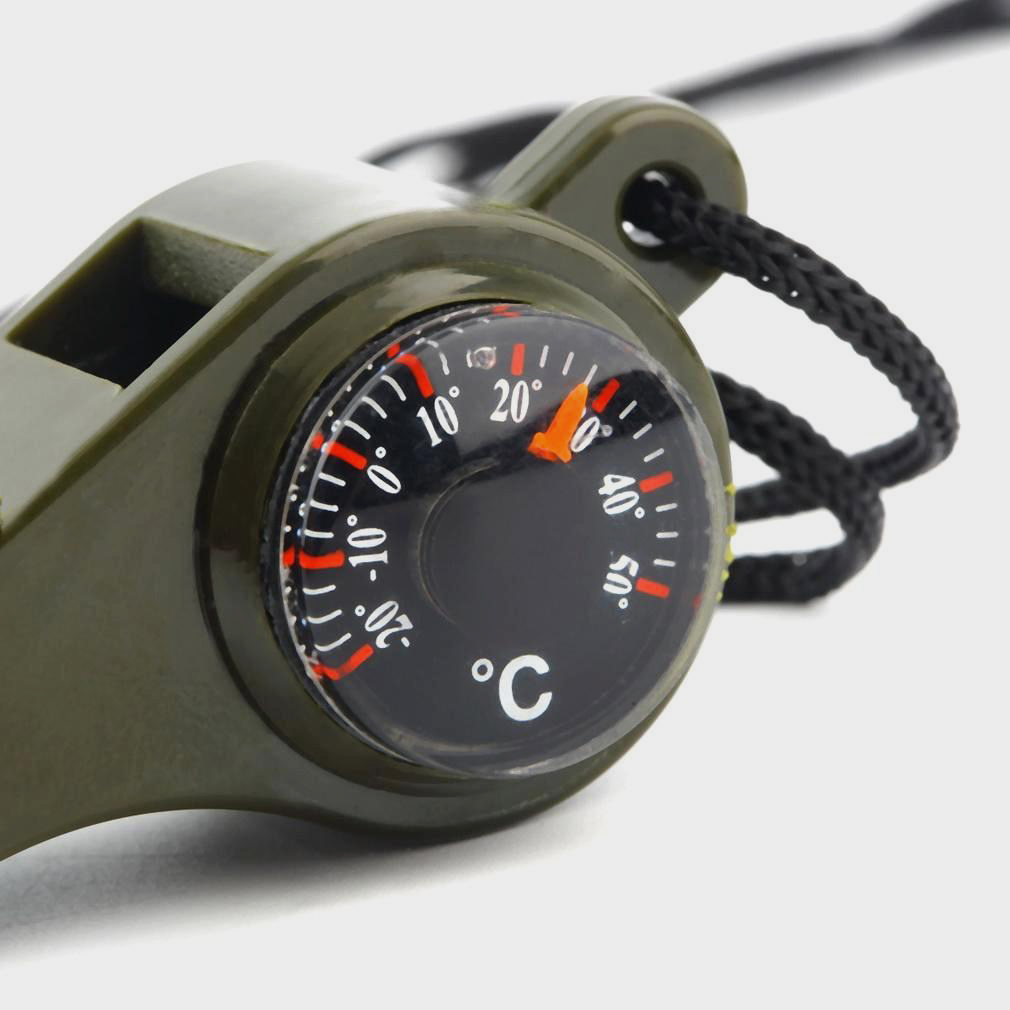Venturing into the great outdoors has long been a cherished pastime for many. Equally important is the gear that makes these trips successful, and amidst this plethora of equipment, the hook knife stands out as an essential yet often overlooked tool. This article sheds light on the hook knife’s significance and how it serves as a camper’s true companion.
The Essentials of Hook Knives for Campers
First and foremost, it’s crucial to understand what sets a hook knife apart from other cutting tools. Characterized by its curved blade, the hook knife is specialized for carving rounded surfaces, particularly useful for creating spoons, bowls, or intricate carvings. But beyond crafting, this tool can play a pivotal role in various camping tasks. For instance, it’s adept at stripping bark from branches or aiding in the construction of shelter, making it invaluable in a survival situation.
Why Every Camper Needs a Hook Knife in Their Kit
Now, you might wonder, “Do I really need another knife for camping?” The answer, surprisingly, leans towards a yes. Besides the aforementioned crafting and survival benefits, the design of the hook knife allows for more controlled cuts. This can be especially beneficial when precision is key, such as when preparing food or creating tools. Moreover, its compact size means it occupies minimal space, ensuring your pack isn’t weighed down.
Choosing the Best Hook Knife for Your Next Adventure
So, you’re convinced. But how do you select the right hook knife for your needs? Begin by assessing the quality of the blade. Stainless steel or high-carbon steel blades are ideal due to their durability and ease of sharpening. Handle comfort is another aspect to consider; after all, extended use should not lead to discomfort. Lastly, consider the knife’s size and portability. A foldable hook knife can be a great option for those looking to save space.
Hook Knife: A Camping Tool You Didn’t Know You Needed
Interestingly, many campers are unaware of the versatility this tool offers. Beyond the realm of bushcraft and survival, the hook knife can be used for recreational activities too. Imagine sitting by the campfire and carving a unique piece of art or a keepsake from your trip. The hook knife doesn’t just provide functional utility; it can also be a source of entertainment and artistic expression.
Mastering the Hook Knife: Tips and Tricks for Campers
Finally, owning a hook knife is just the start; mastering it is where the fun truly begins. Always practice safe handling by keeping your fingers away from the blade’s curve. Regular sharpening ensures optimal performance, but remember, due to its unique shape, it might require specialized sharpening tools. Lastly, practice makes perfect. Starting with simpler carving projects can pave the way for more intricate designs, amplifying your camping experience manifold.
Comparing Popular Hook Knives for Outdoor Enthusiasts
In today’s market, there’s a myriad of hook knife options, each catering to different needs. While some models are more lightweight and geared towards beginners, others offer robust features for seasoned campers. Among the top-rated are the TrailBlade Explorer, known for its ergonomic grip, and the ForestMaster Craft, lauded for its durability. Nonetheless, when choosing a hook knife, factors such as blade sharpness, handle comfort, and material should be paramount. After all, it’s essential to have a tool that resonates with one’s camping style.
Safety First: How to Properly Handle a Hook Knife at the Campsite
It goes without saying that any knife demands respect. Especially in the unpredictable outdoors, ensuring safety while handling your hook knife is crucial. Firstly, always keep the blade sheathed when not in use. The curvature of a hook knife can be deceptive, and one might underestimate its sharpness. Secondly, when carving or using the knife, always maintain a secure grip and work away from your body. This not only provides better control but significantly reduces the chance of accidental injuries. And, of course, keep it out of reach of children.
From Crafting to Cooking: Surprising Uses of a Hook Knife in the Wild
Interestingly, the hook knife isn’t just a tool for cutting. In the realm of camping, its curved blade is perfect for crafting wooden spoons, bowls, and other utensils, making it an essential tool for bushcraft enthusiasts. Moreover, with a bit of skill, this knife can efficiently descale fish, making your catch ready for the campfire in no time. Thus, from carving artistic pieces to preparing your dinner, the hook knife proves its versatility time and again.
The History and Evolution of the Hook Knife in Camping
Digging into the annals of history, the hook knife, also known as a crooked knife, traces its roots back to indigenous cultures. Originally used for carving intricate patterns and tools, its adoption into the camping world has been relatively recent. Over time, enhancements in metallurgy and ergonomic design have transformed this ancestral tool into the modern camping essential we know today.
Maintaining Your Hook Knife: Cleaning and Sharpening Tips
Last but certainly not least, preserving the integrity of your hook knife is paramount. Cleaning it after each use prevents rust and maintains blade sharpness. A simple wipe with a damp cloth followed by a dry one often suffices. As for sharpening, using a rounded sharpening stone is ideal. Gently run the blade’s curved edge over the stone in a smooth motion, ensuring uniform sharpening. With regular maintenance, your hook knife can be a lasting companion in all your wilderness adventures.
Hook Knife Techniques: From Basic to Advanced
A hook knife, with its distinctive curved blade, is more than just an interesting addition to a camper’s toolset. It’s a versatile tool with a range of techniques awaiting mastery. For beginners, using a hook knife to whittle wood is an excellent starting point. The curvature of the blade makes it ideal for hollowing out wood or creating intricate designs. As you advance, you can learn to carve spoons, bowls, and even more complex sculptures, all using the unique design of this knife.
Why a Hook Knife is a Camper’s Best Friend for Bushcraft
Bushcraft is the art of surviving and thriving in the wild using the resources nature provides. And in this art, a hook knife proves invaluable. Unlike standard knives, the curved blade is perfect for tasks like skinning bark, crafting wooden implements, and even making precision cuts for traps or shelters. It’s also brilliant for creating feather sticks – a technique where thin shavings of wood are used to start fires. Given its diverse range of uses, it’s no surprise that seasoned campers never venture into the wild without their trusty knife.
Natural Crafting: Using a Hook Knife to Make Campsite Tools
Nature offers abundant materials, but to harness them, you need the right tools. Enter the hook knife. With it, you can craft a plethora of campsite tools. Need a makeshift tent peg? Carve one from a sturdy branch. Maybe a wooden spoon or bowl for your wilderness stew? The hook knife’s unique shape makes hollowing out these tools a breeze. Its versatility doesn’t end there. From fishing spears to rudimentary mallets, the possibilities with a hook knife are endless.
Survival Situations: How a Hook Knife Can Save the Day
While we never wish to be in a survival situation, being prepared is essential. Here’s where the hook knife shines. Need to create a snare to catch game or fish? The precise cuts a hook knife offers make the job simpler. If cold temperatures threaten, this knife can assist in fashioning insulating materials, like precisely cut foliage for a shelter or creating those essential feather sticks to ignite a lifesaving fire.
From Selection to Storage: The Complete Guide to Camping with a Hook Knife
Selecting the right hook knife is the first step. Look for high-carbon steel blades for durability and a handle that feels comfortable in your grip. Once you have your ideal hook knife, maintenance is crucial. Regularly sharpen it, using sharpening stones or specialized tools. Storing this knife is just as vital. Ensure it’s in a dry place, preferably in a sheath, to protect the blade and maintain its longevity.
Final Thoughts
A hook knife is not just a tool but an extension of a camper’s will to harness nature and thrive in the wild. It’s an embodiment of bushcraft and a testament to human ingenuity. For those passionate about camping, mastering the this knife will not only enhance your experiences but also deepen your connection with the environment around you. Embrace the curve, and let the adventures begin!





